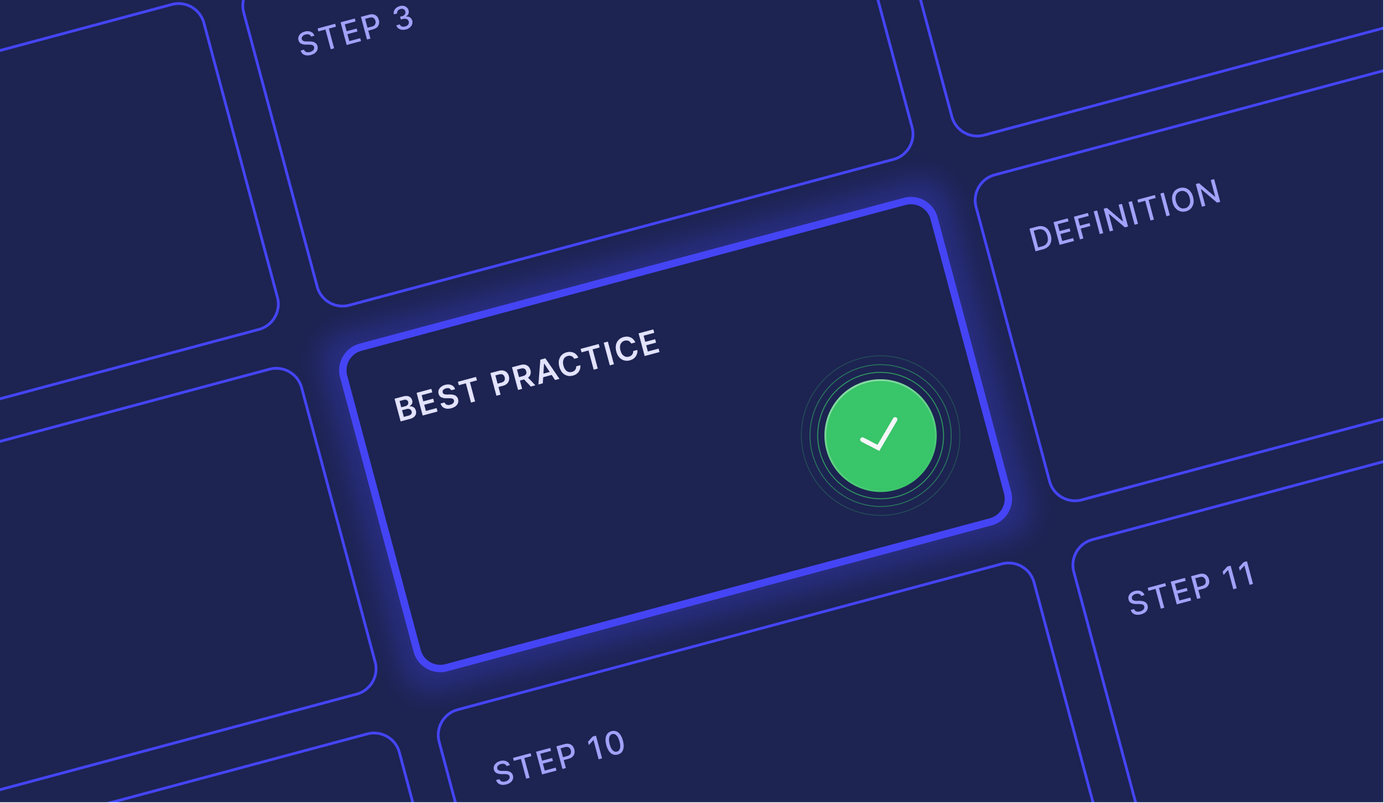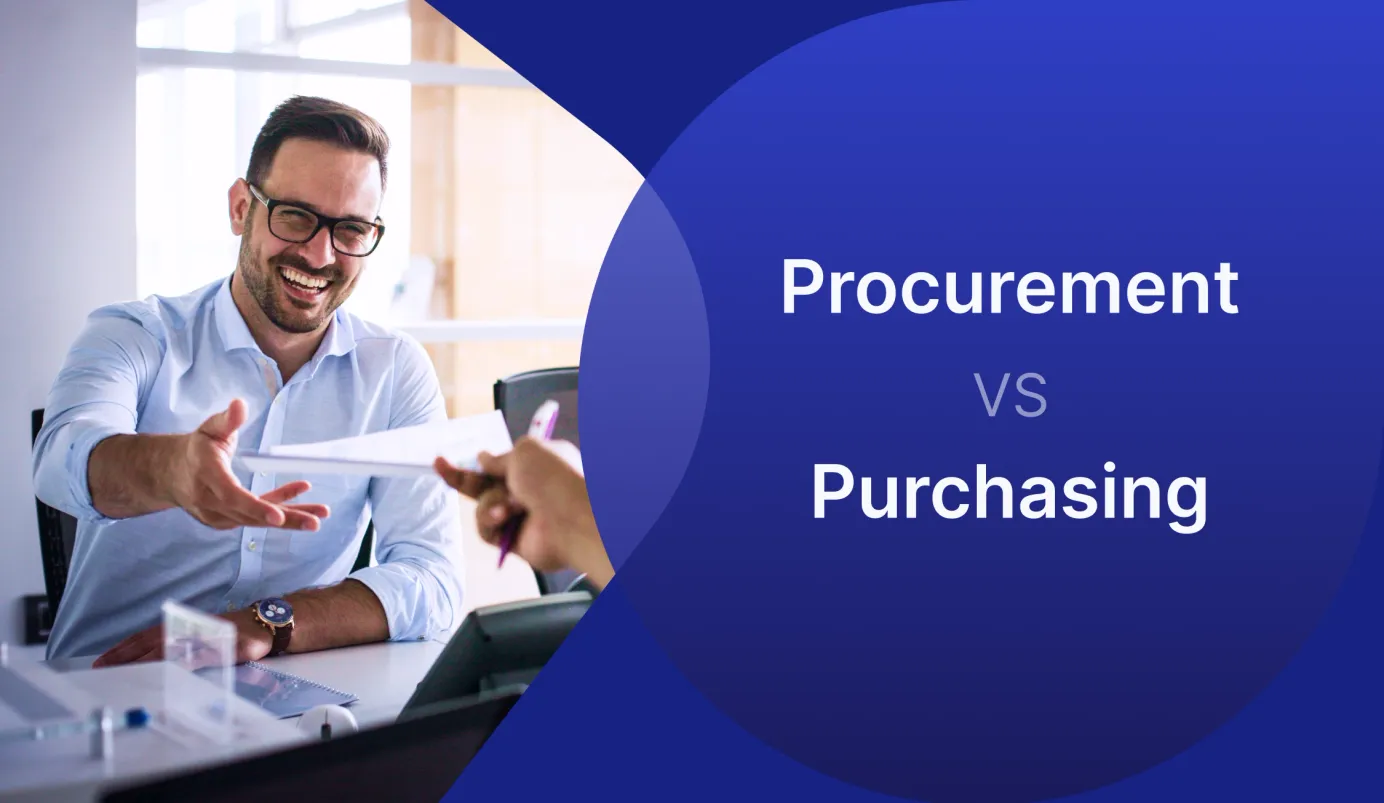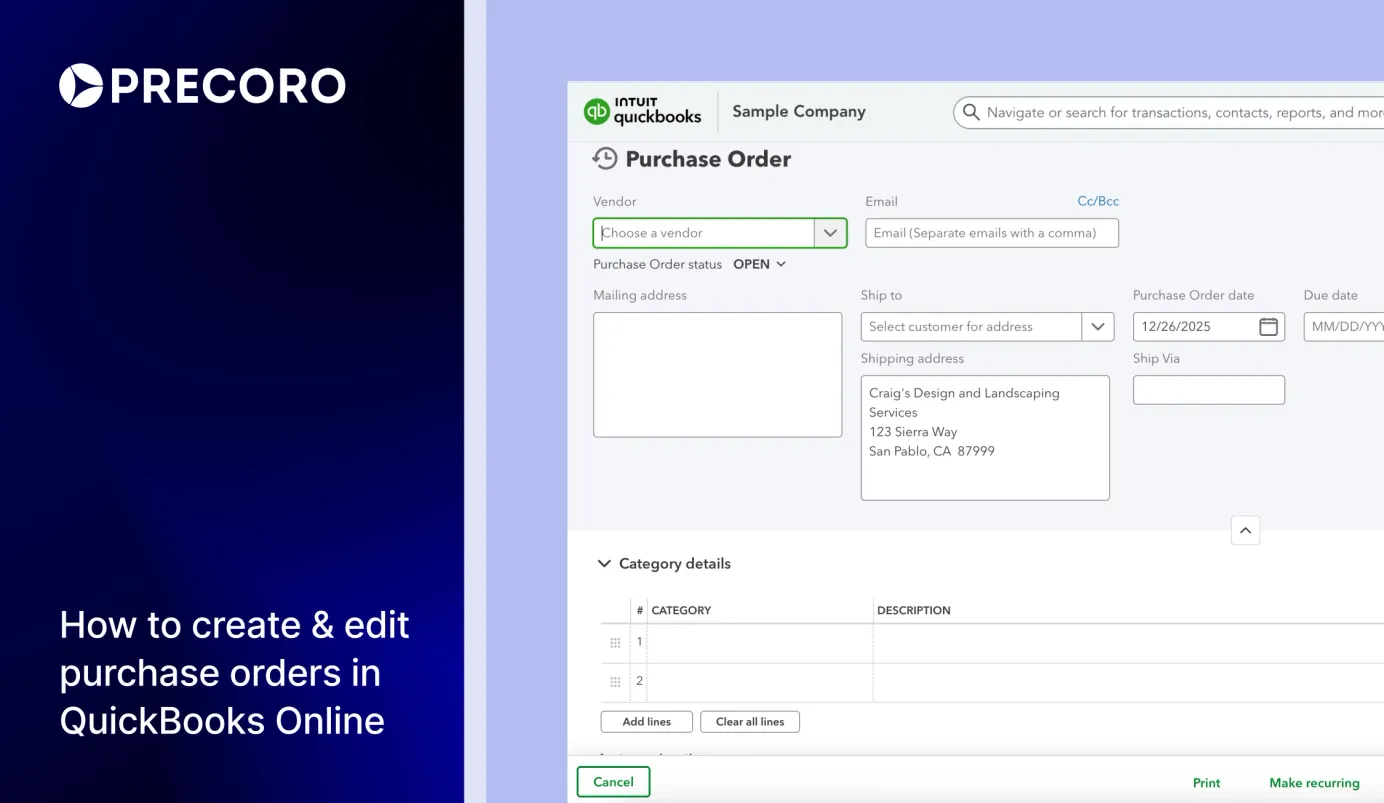
2 min read
What is High-Level Procure to Pay?
Procure to pay, also known as P2P, is the process of acquiring goods or services and then making payments for those goods or services. The procure to pay process usually consists of four main stages: requisition, purchase order, receipt, and invoice.
High-level procure to pay (HLP2P) is a term that is sometimes used to describe a more streamlined and efficient version of the procure to pay process. In a high-level procure to pay process, the requisition stage is often combined with the purchase order stage, and the receipt and invoice stages are often combined into a single stage.
The main advantage of HLP2P is that it can help reduce the amount of time and paperwork that is involved in the procure to pay process. By combining two or more stages of the process into one, HLP2P can help you save time and resources.
The Four Main Stages of Procure to Pay
As we mentioned earlier, the procure to pay process usually consists of four main stages: requisition, purchase order, receipt, and invoice. Let's take a closer look at each of these stages.
Requisition
The first stage of the procurement process is known as requisition. This is the stage where you identify the goods or services that you need to purchase.
In order to do this, you will need to gather requirements from various stakeholders within your organization and create a purchase requisition with a matching requisition number. Once you have gathered all of the necessary requirements, you can begin creating a list of potential suppliers.
Purchase Order
The second stage of the procurement process is known as purchase order. This is the stage where you select a supplier and place an order for the goods or services that you require.
In order to do this, you will need to send a purchase order (PO) to the supplier. The PO should include all relevant information about the transaction, such as the quantity of goods or services being ordered, the price per unit, the total price, delivery date, etc.
Receipt
The third stage of the procurement process is known as receipt. This is the stage where you receive the goods or services that you have ordered.
In most cases, you will need to sign a receipt confirming that you have received everything that was included in your order. Once you have received and signed for your order, you can move on to the next stage of the process.
Invoice
The fourth and final stage of the procure to pay process is known as invoice. This is the stage where you make payment for the goods or services that you have received.
In most cases, you will receive an invoice from your supplier detailing everything that was included in your order and requesting payment for those items. Once you have received and reviewed your invoice, you can make payment using your preferred method (e.g., check, credit card, bank transfer).
Conclusion:
So what's the difference between high-level procure to pay (HLP2P) and low-level procure to pay (LOP2P)? The main difference is that HLP2P combines two or more stages of the P2P process into one while LOP2P keeps each stage separate.
For example, in HLP2P requisition and purchase order are often combined into one while in LOP2P they remain two separate stages. The advantage of HLP2P over LOP2P is that it can help save time and resources by reducing paperwork and eliminating duplicate data entry.









